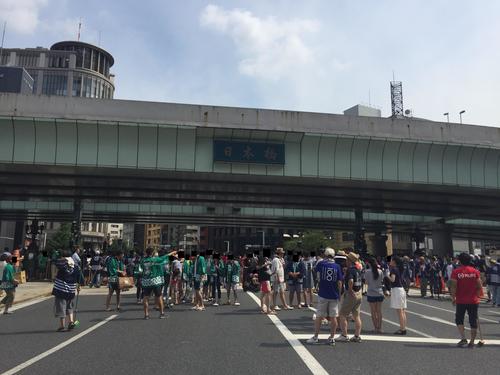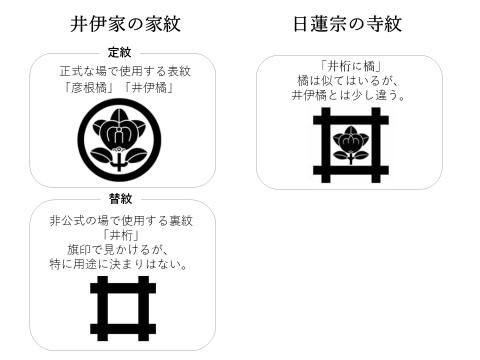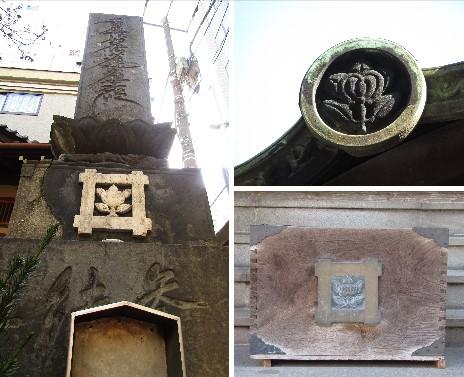Hello. This is a new correspondent, Hanes.![]()
![]()
Suddenly, is anyone watching NHK Taiga drama series?
In the first installment of "Idaten-Tokyo Olimpic Story-", which has just begun.
Places related to Chuo-ku, such as Nihonbashi, have also appeared?![]()

Photographed when washing the bridge.
I'm a major in world history, but there's Taiga drama series that I've done it twice in the past.
These are "Koname is Tsuji" and "Onna castle owner Naotora".
In particular, I got into the latter without knowing it.
I went to Shizuoka and Gunma prefectures to see places related to the Ii family.![]()
![]()
The Ii family is also depicted in the famous Sekigahara Battle Screen.
Isn't it a girder with a replacement pattern indicating the "well" of the well?
In addition, the tachibana found in the regular crest is also famous.
I noticed that a emblem combining such a girder and a similar tachibana could be found everywhere in Minobubetsuin, and I was worried, "Is there a connection with the Ii family?" .
The first thing I found was that the emblem of Tachibana on the Igirder is the temple crest of Nichiren sect.![]()

Looking back at the photos at the time of the visit, you can see that the temple crests are arranged in various places, from offertory box to tiles.
And it is the origin of the temple crest that is worrisome, but there are various theories.
A relatively well-known theory is that the fifth ancestor of Nichiren Shonin came from the Ii family.
The other theory is the combination of the girder and the tachibana, which is said to have been loved by the saints, after the spring that rose upon the birth of Nichiren Shonin.
I can't say which origin is correct here, but I find unexpected connections with the Ii family in unexpected places.
I reconfirmed that "the emblem is still interesting![]() ."
."
Well, I've introduced you to Minobubetsuin's oiling Daikokuten and temple crest twice, how was it?
If you are visiting the Seven Lucky Gods or like history, I would be grateful if you could think "I want to![]() go once."
go once."
[References and Website]
Reference cooperative database "The temple crest of Nichiren sect is like a tachibana on a girder, but the Nichiren sect Nakayama Lotus Sutra temple and Kiyokazu temple in branch temple (Myonori 3, Ichikawa) use the temple crest of bellflowers. I want to know why."
Chuo-ku Tourism Association Official Blog
Chuo-ku Tourism Association correspondent blog
Introducing Chuo-ku's seasonal information by sightseeing volunteer members who passed the Chuo-ku Tourism Association's Chuo-ku Tourism Certification and registered as correspondents.
List of AuthorsRecent blog post
|
Minobu Betsuin Listening Information (2) Surprising facts spoken by family crests
|
MenuArchiveLinks |

